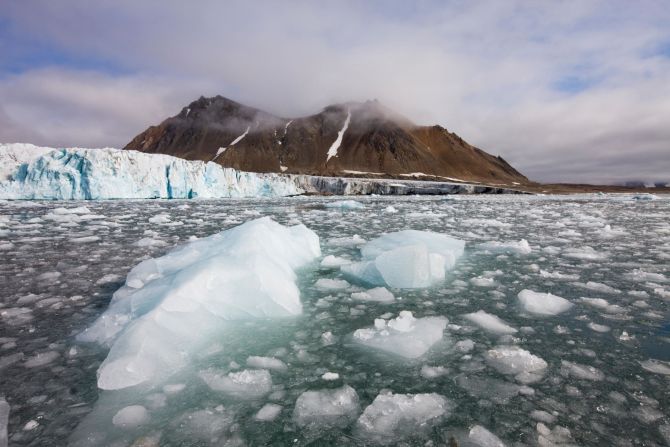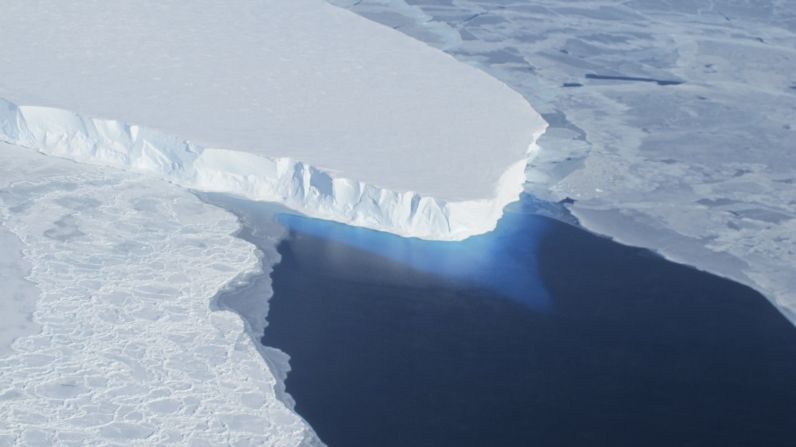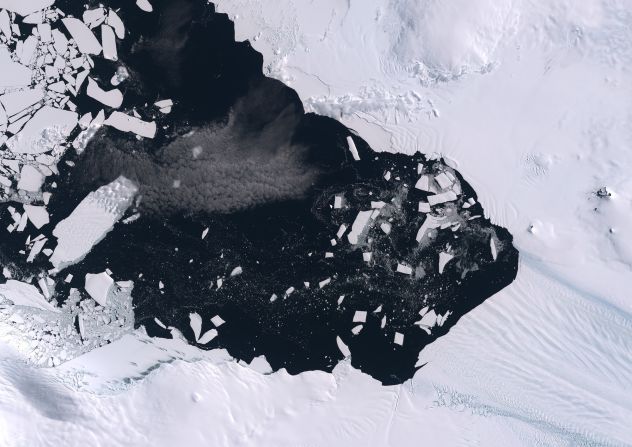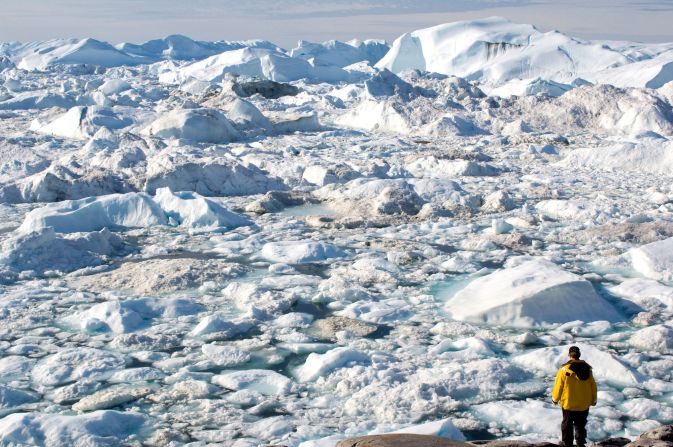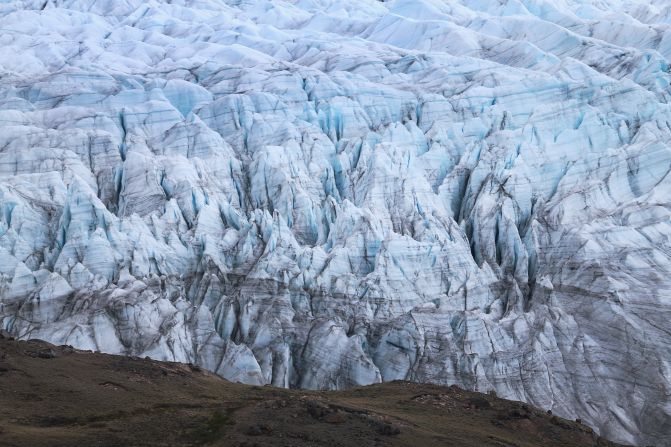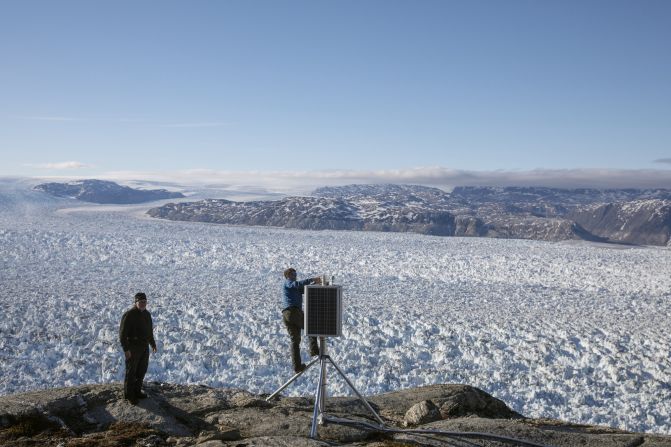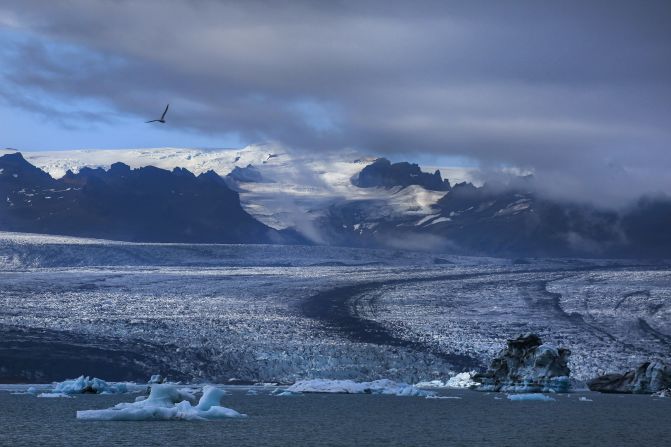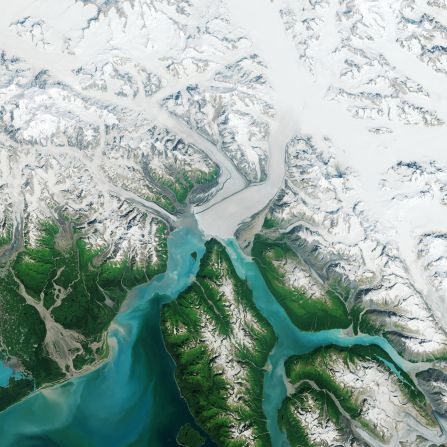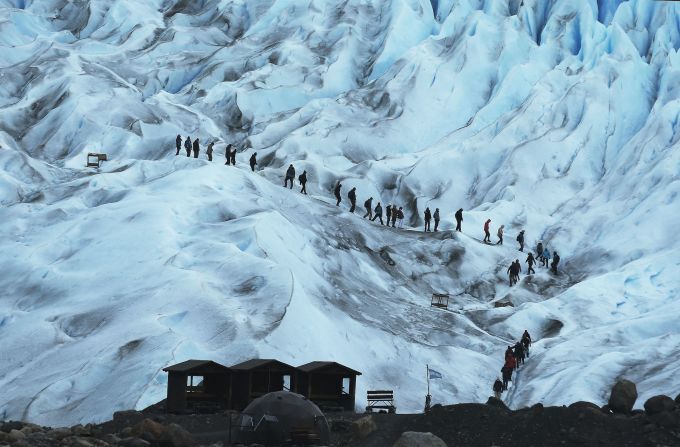Editor’s Note: Call to Earth is a CNN initiative in partnership with Rolex. Michel Andre is a Rolex Awards Laureate.
Snap, crackle, pop: the sound of a glacier. The large bodies of densely packed ice may look like motionless masses, but they flow and fracture and grow and shrink, and these processes are anything but silent.
In fact, glacial ice is famously fizzy. Cubes of it have long been used on cruise ships in Alaska, added to a Scotch or a gin and tonic, as the ice gives off a unique hiss when it slowly releases the highly pressurized air that has been trapped there for hundreds and sometimes thousands of years.
But the sounds made by glaciers can be used for more than just novelty ice cubes. With many glaciers around the world shrinking because of the climate crisis, scientists are looking to analyze these noises to predict exactly how quickly ice is melting and what that could mean for sea-level rise.
“Glaciers are undergoing rapid retreat as the atmosphere and the ocean warms,” says Grant Deane, research oceanographer at Scripps Institution of Oceanography in San Diego, California. “If we want to (forecast) sea-level rise … we need a way of monitoring these glacial systems and underwater sound could be an important and interesting way of doing it.”
Deane, who has worked in the field of underwater sound for more than two decades, explains that there are two main processes by which glaciers retreat, both of which make a distinct noise. There is the “bright, energetic sound of bubbles exploding into the water as ice melts,” he says, which he compares to fireworks or sizzling bacon. And there is the “deep, ominous rumble” of a calving event, when a block of ice breaks off from the end of a glacier, which he says sounds like extended thunder.
Both events happen in the boundary where the ice meets the ocean, typically a very dangerous area for humans. That’s one reason why acoustics, which can be monitored from afar, could be so valuable.
Counting bubbles
Using underwater sound to predict ice melt is still a relatively new field. In 2008, distinguished oceanographer Wolfgang Berger co-authored a piece in the scientific journal Nature Geoscience that proposed using hydroacoustics (sound in water) to monitor Greenland’s ice sheets. That inspired Deane – who was already listening to the ocean’s breaking waves to understand how gases transfer from sea to air – to turn his ears to glaciers.
“As the ocean rises, it’s going to impact so much of our civilization. We need to be able to forecast the stability of these ice sheets so that we can plan well and live well as our environment changes,” he says.
Using underwater microphones to record the sound of calving events in Hans Glacier, at Svalbard, northern Norway, along with time lapse photography, Deane and Oskar Glowacki from the Polish Academy of Sciences demonstrated that the amount of ice loss can be estimated from the noise produced when an iceberg crashes into the ocean. Their findings were published in the Cryosphere journal in 2020.
Air bubbles could also reveal vital information. “If we can count how many bubbles are coming out of the ice in any specified unit of time, we can figure out how much ice has melted,” says Deane. That could be key to understanding how much ice will melt in the future.
Related: Nuclear power could be the future of expedition cruises
It’s simple as an idea, but far from simple in practice. The volume of the air bubbles changes depending on how they are released, Deane says, and there is the possibility that noise levels will vary between glaciers because of the geology and local conditions.
But Deane’s research, predominantly focused on Svalbard, has shown that the intensity of the sound generated by air bubbles increases as the water temperature increases, showing that volume can be an indicator of ice melt. “Every expedition, we get closer to the actual answer where we can turn those signals into the numbers that we need,” he says.
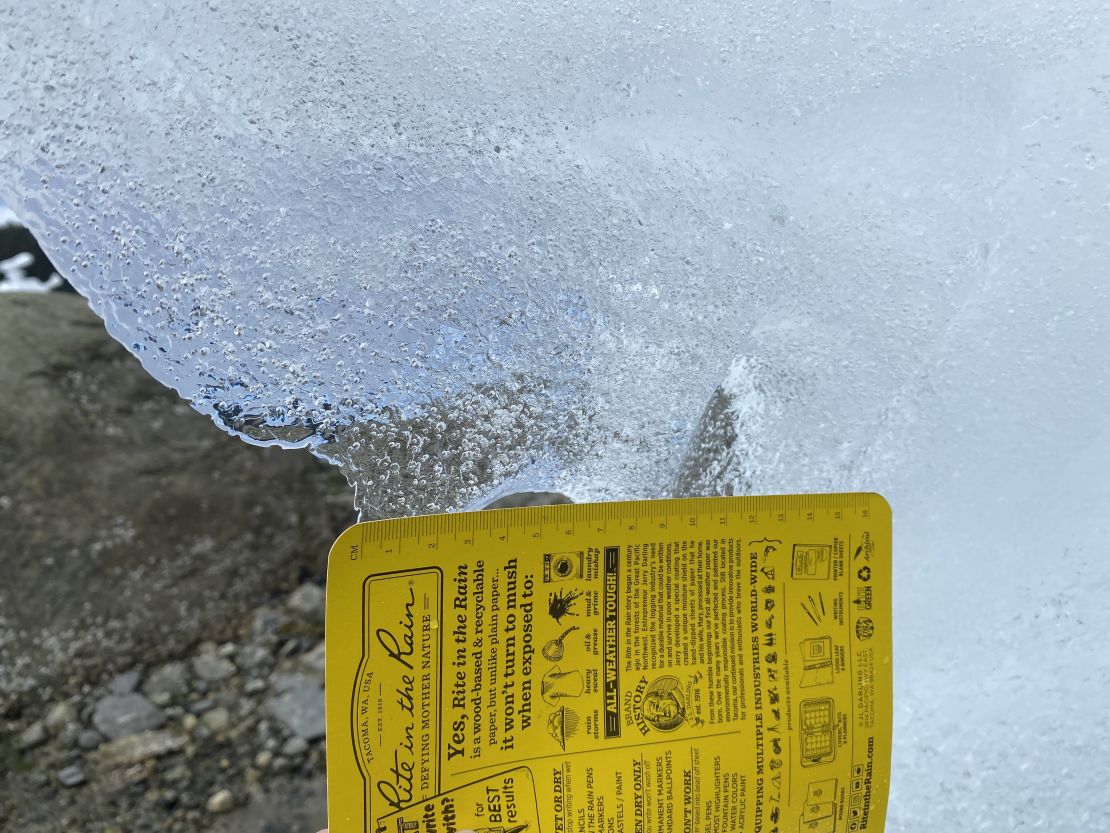
Several different, and some much more developed, methods already exist to study glaciers, including seismology, satellite photography, underwater sonar and ice-penetrating radar. But Deane insists that acoustics can supplement these methods and offers some advantages.
Hydrophones (underwater microphones) can be deployed in glacier fjords and monitored remotely over long timescales, he says, and unlike satellite observations, which don’t work for the six months of the year when it’s dark in the north and south poles, acoustic technology operates all year round and is cheaper than other methods.
Ripple effects
Listening to glaciers not only shows us how they’re melting – it could also teach us more about the marine ecosystem. Glaciologist Erin Pettit has used acoustic technology to determine that glacier fjords are some of the loudest places in the ocean thanks to the constant hiss of air bubbles released as the ice melts, and that noise could provide refuge for marine mammals.
Pettit and her team of researchers observed how seals would swim up to glacier bays in Alaska and Antarctica, possibly to protect themselves from predatory whales that don’t like loud noises.
“The ecosystem changes as the soundscape changes,” she says, adding that if the volume goes up or down there will be a ripple effect. “If the glacier pulls up out of the fjord and there’s less ice in the water itself, the sound will slowly decrease … then it’s no longer noisy and no longer a safe place for the seals.” In this way, acoustic measurements could offer insight into the decline of seal populations in these areas.

Pettit notes that the field of acoustics is still in its early days, and to measure long-term change in glaciers, scientists will need to collect more sound data. But she believes the technology holds great promise.
“Sound doesn’t give us all the answers – but it does provide a relatively low-cost, easy to deploy means to capture the whole fjord and glacier environment,” she says. If hydrophones were deployed over a long period, they could help scientists understand a glacier’s “normal” noise levels, and detect abnormal sounds which might indicate instability, she adds.
Related: Scientists make major breakthrough in race to save Caribbean coral
Deane’s goal is to follow in the late Wolfgang Berger’s footsteps and set up long-term acoustical monitoring stations in Greenland to help track the stability of its ice sheet, which could raise sea levels by 25 feet if it were to completely melt.
“I want recording systems running south to north around the Greenland glaciers,” he says. “The first job is to make sure we can understand the sounds. If we can prove that we can do that, then we can make the case that we should be listening continuously to these glaciers.”
“The future of the oceans depends on us (humans),” he adds. “We need to start listening to what they are telling us.”

